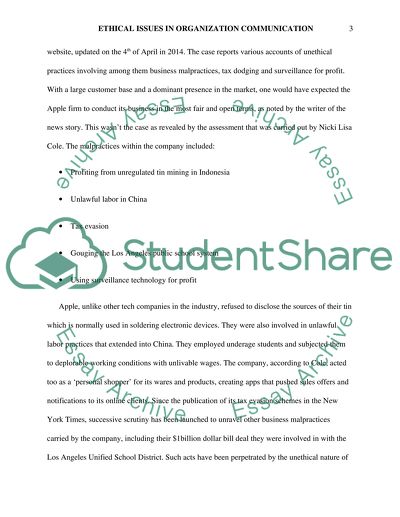Cite this document
(Ethical Issues in Organization Communication Coursework, n.d.)
Ethical Issues in Organization Communication Coursework. Retrieved from https://studentshare.org/journalism-communication/1670293-ethical-issues-in-organization-communication
Ethical Issues in Organization Communication Coursework. Retrieved from https://studentshare.org/journalism-communication/1670293-ethical-issues-in-organization-communication
(Ethical Issues in Organization Communication Coursework)
Ethical Issues in Organization Communication Coursework. https://studentshare.org/journalism-communication/1670293-ethical-issues-in-organization-communication.
Ethical Issues in Organization Communication Coursework. https://studentshare.org/journalism-communication/1670293-ethical-issues-in-organization-communication.
“Ethical Issues in Organization Communication Coursework”, n.d. https://studentshare.org/journalism-communication/1670293-ethical-issues-in-organization-communication.


